Stellantis reveals key details of electrification plans
The new 14-brand car company Stellantis has given more details about its electrification plans. These include four platforms for electrified models and more battery factories.
Stellantis wants to substantially increase sales of electrified cars in Europe from 14 per cent this year, (around 400,000 vehicles), to up to 70 per cent in 2030. For the USA, the plan envisages an increase from 4 per cent this year to 35 per cent by 2030.
Stellantis is now the world’s fourth-largest carmaker created by the merger of Fiat-Chrysler and PSA. This has created an umbrella for 14 brands: Abarth, Alfa Romeo, Chrysler, Citroen, Dodge, DS, Fiat, Jeep, Lancia, Maserati, Opel, Peugeot, Ram and Vauxhall.
The Group has announced that an electrified version (BEV and PHEV) is to be offered for 98 per cent of its models in Europe by 2025. By 2030, there will be at least one battery-electric version for all models. In the USA, 96 per cent of the models will be electrified by 2025. As in Europe, Stellantis also wants to offer a BEV version for all models by 2030. This will be made possible by a new platform strategy, among other things. In this strategy, the more than 100 models of the Stellantis brands are to be transferred to four platforms that support both plug-in hybrids and battery-electric vehicles.
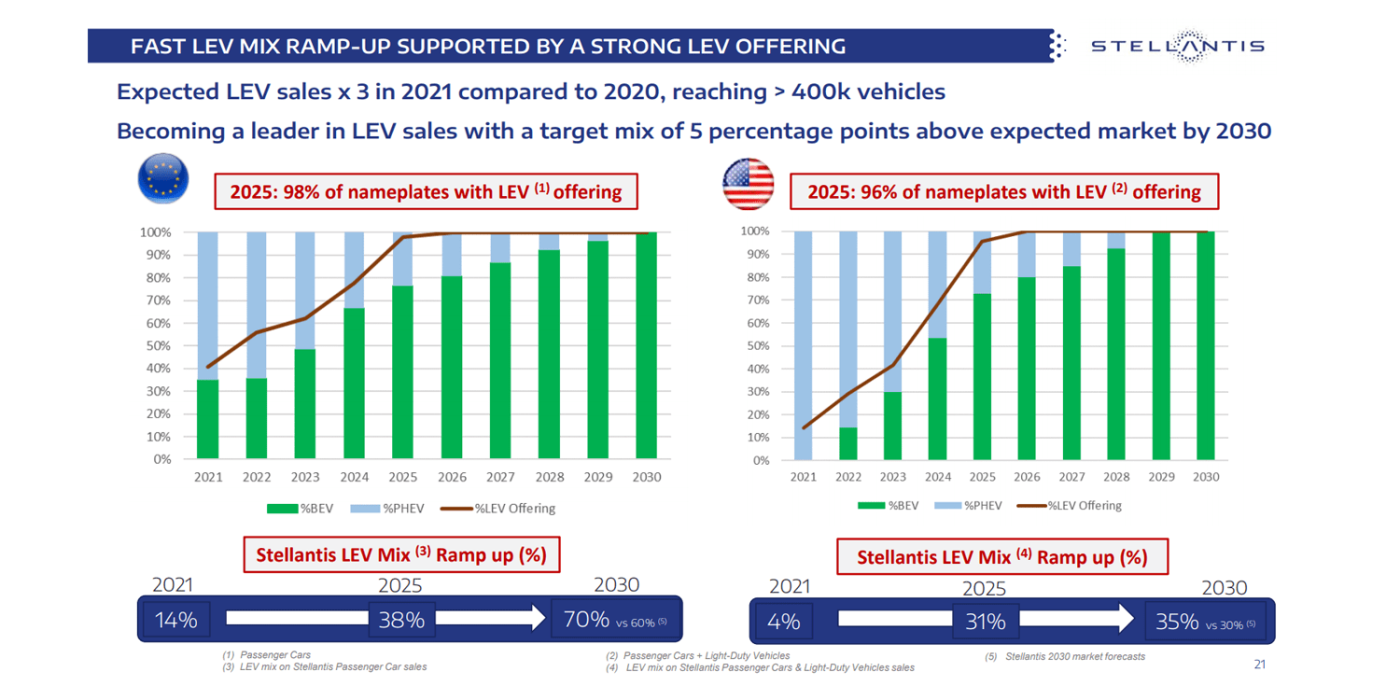
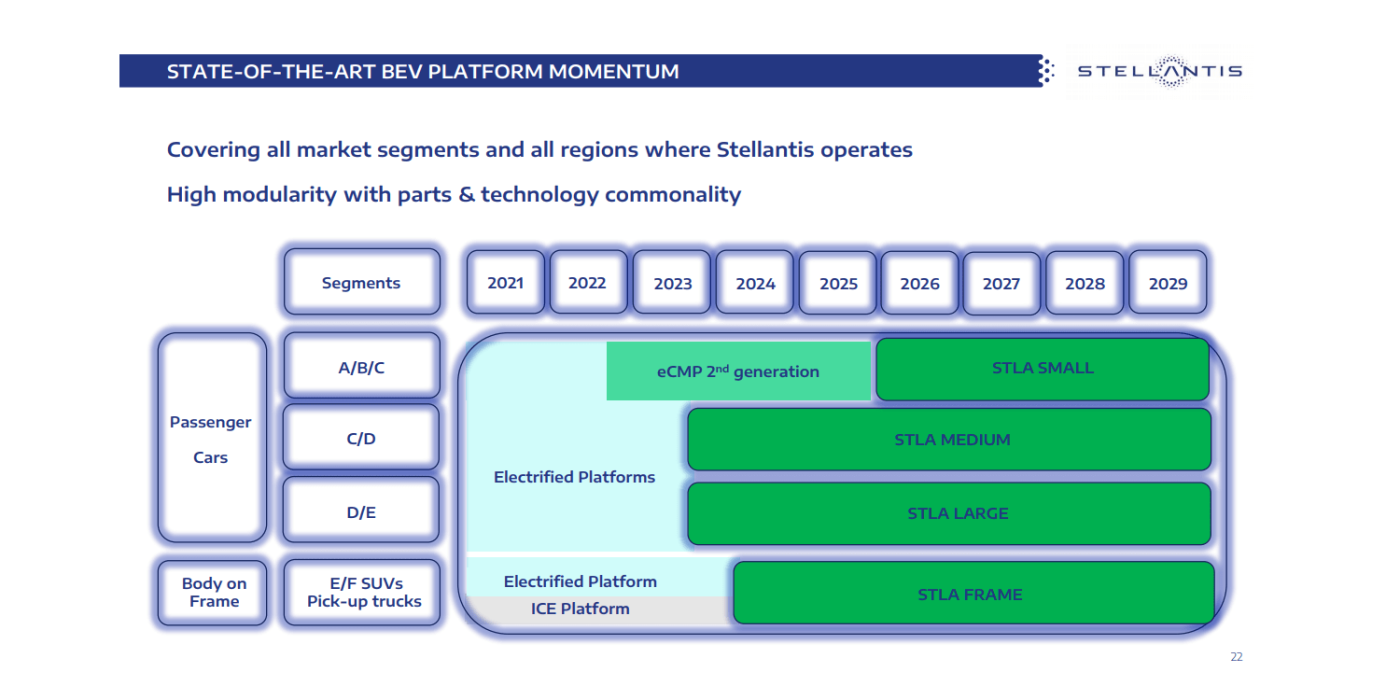
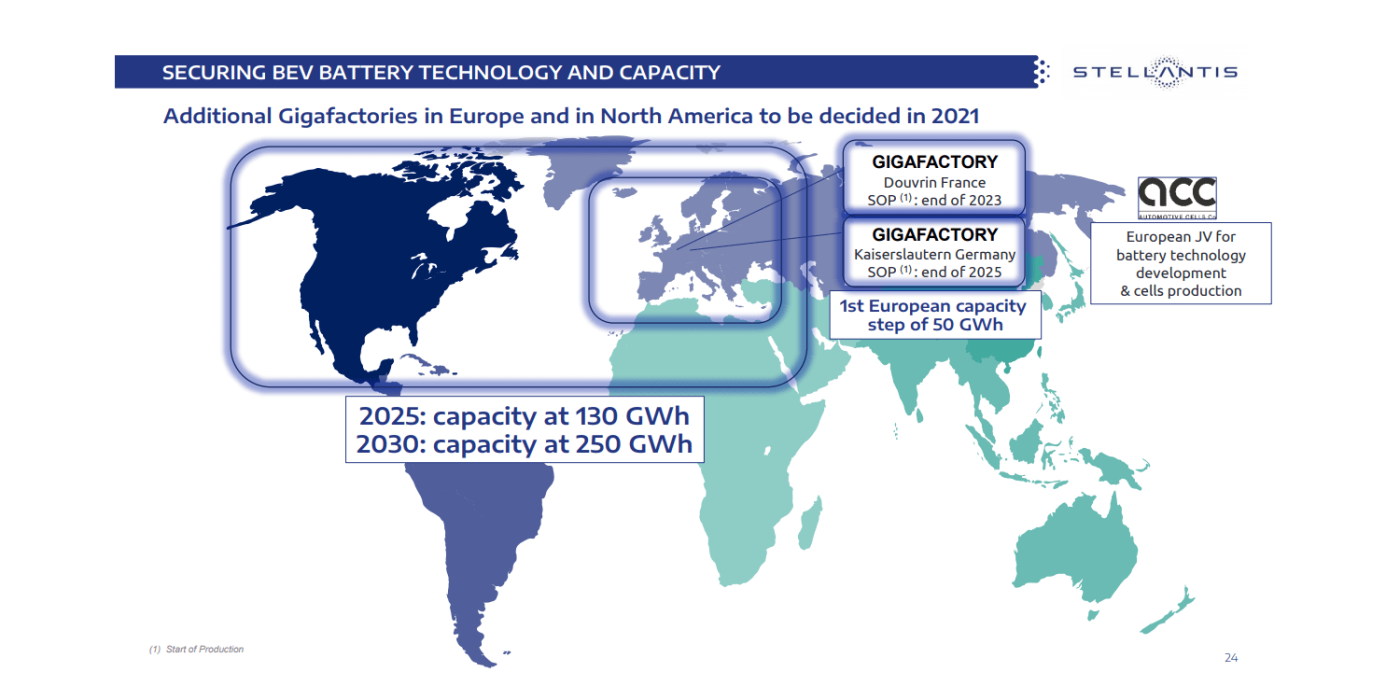
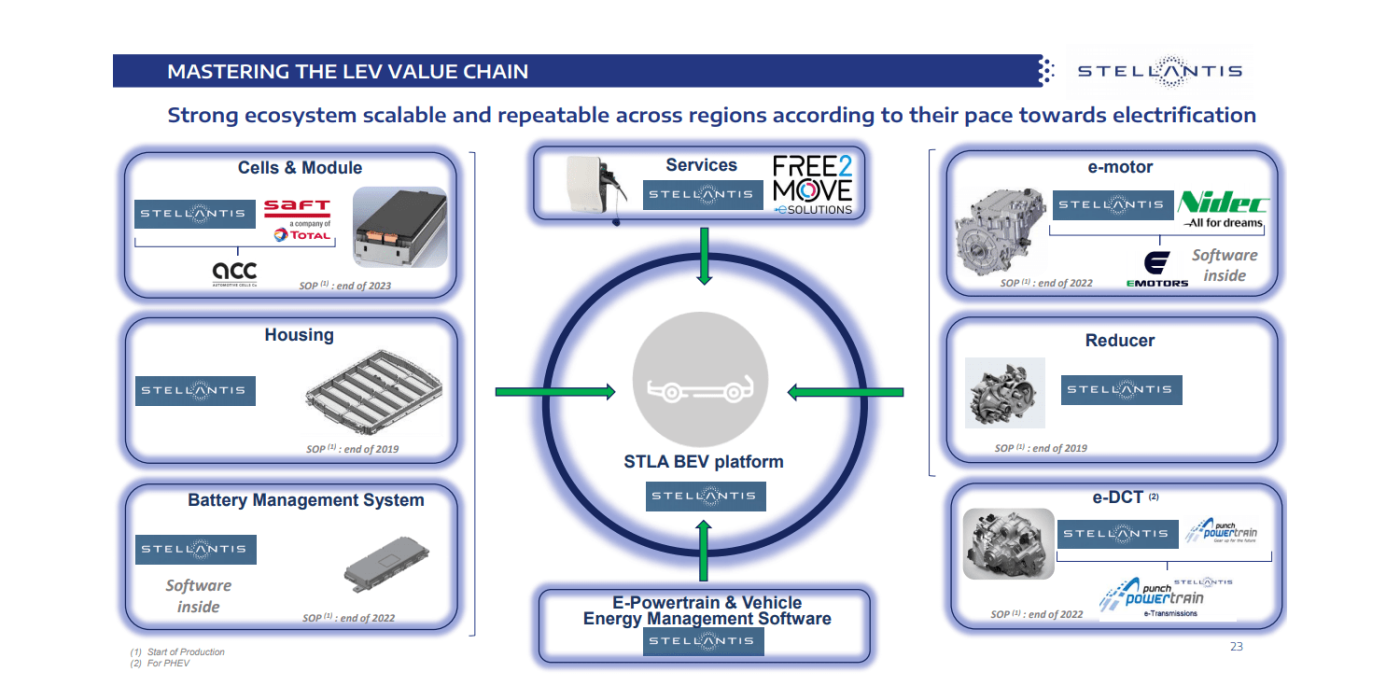
For passenger cars in the A, B and C segments, the second generation of the eCMP platform will initially serve as a transition until 2025, before the new ‘STLA Small’ platform, which is to enable ranges of at least 500 kilometres for BEVs, is used from 2026 onwards. At the same time, already planned for 2023 is the introduction of the ‘STLA Medium’ platform for passenger cars in segments C and D and the ‘STLA Large’ platform for passenger cars in segments D and E. These two platforms should enable a range of up to 700 and 800 kilometres respectively for BEVs. From 2024 onwards, a fourth Stellantis platform is also planned called the ‘STLA Frame’ meant for large SUVs and pickup trucks with BEV ranges of at least 500 kilometres.
Stellantis has also provided an update on its planned battery cell factories. ‘The battery factory in Douvrin, northern France, will start production at the end of 2023 as planned. The second factory at the Opel site in Kaiserslautern, on the other hand, will not start production until the end of 2025. The start of production in Kaiserslautern was originally planned for 2024 but has now been pushed back by at least one year. Together, the two battery cell factories are expected to have an annual production capacity of 50 GWh. Although the group has not revealed further details on how the capacities will be distributed, earlier reports suggest that the capacity could be divided equally between the two plants.
The Automotive Cells Company, a joint venture of the Stellantis Group and the Total subsidiary Saft, is responsible for the development and production of the battery cells and modules. A year ago, the official go-ahead was given for a battery cell pilot production in a factory of the manufacturer Saft in Nersac in the southwest of France. The project benefits from the financial support of 1.3 billion euros from the French and German authorities and received approval from European institutions through an IPCEI project.
The Group’s plans do not stop at the two battery cell plants: Stellantis wants to decide on further plants in Europe and North America before the end of the year. Whereby it is more a question of the locations. The company is already planning a global production capacity of 130 GWh by 2025 and 250 GWh by 2030, and this is only the planned production capacity of the Automotive Cells Company. It is unclear whether Stellantis is also planning with other cell suppliers.
In line with the presented “ecosystem” of the STLA platforms for purely battery-electric vehicles, the Stellantis Group will take over the battery management system including software as well as the packaging including battery housing itself. The same applies to the software for energy management. Nidec-PSA e-motors, a joint venture founded with Nidec in 2018, will contribute the e-drives including software. Nidec itself only recently announced the construction of two new factories in Serbia, which will become part of a larger network that aims to put Nidec at the forefront of the global electric car market.
It was only in January this year that PSA and FCA completed their merger, creating the Stellantis group. The merger has clearly had an impact on the electric mobility development of these brands. This first revealing of the planned scale of electrification is just the beginning because Stellantis has already announced a ‘Stellantis Electrification Day’ for 8 July 2021.
Reporting by Daniel Bonnighausen, Germany.

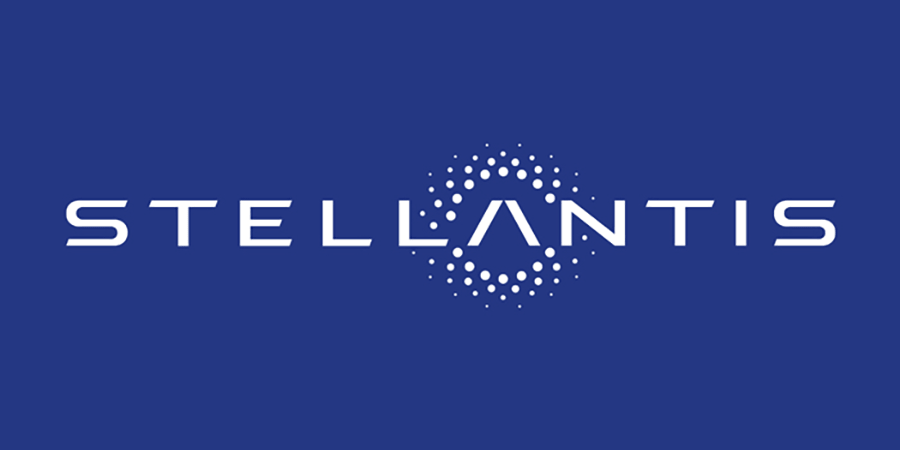
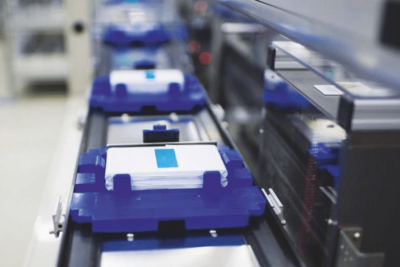
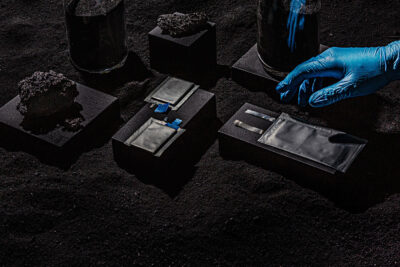
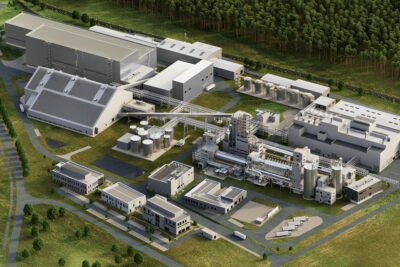
2 Comments